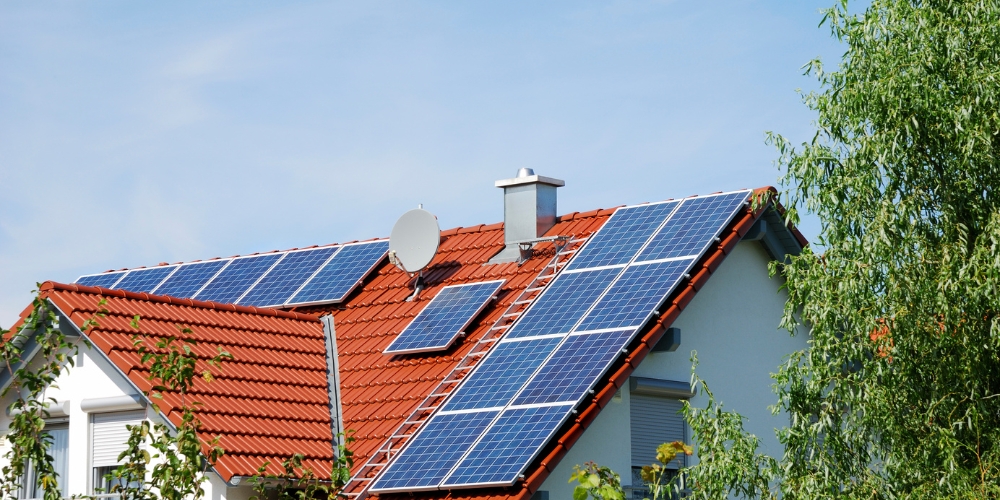Building an eco-friendly home has always been a vision of the future, but what if that vision merged with the growing trend of tiny houses? For those seeking a simpler life with lower costs and a significantly smaller environmental impact, tiny houses are the answer. They aren’t trailers; instead, they’re compact, efficient dwellings, often fixed, that incorporate all the intelligence and technology of sustainability into an optimized space. The real revolution happens when the philosophy of living small meets the intelligent integration of systems, enabling a truly ecological life without sacrificing comfort.

Your Tiny House: A Minimal Carbon Footprint, a Giant Legacy
In a world where the ostentation of large spaces and high maintenance costs are becoming less appealing, the tiny houseemerges as a modern and conscious lifestyle. For many living alone, as couples, or simply preferring the practicality of a compact home, the need for large constructions is replaced by the desire for optimization and efficiency. This is where integrated sustainability systems truly shine.Imagine a tiny house that’s self-sufficient, minimizing its carbon footprint. Every aspect of its design and operation is thought out to reduce consumption and waste, as if the home itself had an environmental consciousness.
Energy Efficiency in its DNA: The foundation of an eco-friendly tiny house is drastically reducing its energy needs. This starts with cutting-edge thermal insulation in walls, roofs, and even floors, ensuring the small space remains comfortable in any season with minimal energy. Natural lighting is maximized through well-placed windows and skylights, while intelligent cross-ventilation guarantees constant airflow, eliminating the excessive need for air conditioning or heaters. For essential energy, photovoltaic solar power is a perfect solution for tiny houses, allowing them to generate their own electricity and become off-grid. Solar water heating is also a crucial component, providing hot water efficiently and sustainably. Every appliance and light fixture is chosen for high energy efficiency (LEDs and A-rated appliances) to ensure every watt is used optimally.
Smart Water Management in Few Square Feet: In a compact space, every drop of water matters. Rainwater harvesting and reuse systems are ideal for tiny houses, allowing collected water to be used for toilets, irrigation of small green areas, and cleaning. Greywater reuse (water from showers and sinks) is equally vital, as it can be treated and repurposed for non-potable uses. With low-consumption fixtures, like sensor faucets and dual-flush toilets, water saving becomes a central pillar of tiny houses living.
Comfort, Health, and Practicality for Modern Life: An eco-friendly tiny houses isn’t just about savings; it’s about quality of life. The choice of sustainable and non-toxic building materials—such as certified wood, bamboo, and ecological paints—ensures a healthy indoor environment free of harmful substances. And to further optimize space and functionality, home automation (domotics) transforms the tiny houses into a smart dwelling, allowing control over lighting, temperature, resource consumption monitoring, and even ventilation programming, all at the touch of a button. This technology is perfect for the fast pace of modern life, where practicality is key.

Live More with Less: The Compact and Conscious Future
Investing in a tiny houses with integrated sustainability systems means embracing a lifestyle that aligns your needs with the values of a greener future. It’s a choice that offers drastic cost reduction on bills and maintenance, greater autonomy, and the freedom to live a simpler, lighter life. For a generation increasingly “single” or seeking experiences rather than accumulation, the eco-friendly tiny houses embodies a dwelling that reflects the aspirations of modern life: practicality, economy, health, and a positive impact on the planet.
